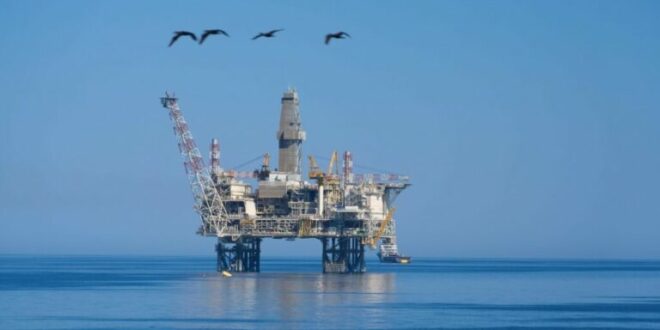Shortly after achieving 1 billion barrels of total oil production the West Azeri platform, one of the seven Azeri-Chirag-Gunashli (ACG) production platforms in the Caspian, BP kicked off a new 4D seismic program on the ACG field on January 20, 2024. According to the oil major, this is its largest-ever seismic acquisition commitment globally in all aspects, including area size, cost, and program duration.
Roshni Moosai, BP’s Vice President Subsurface, Azerbaijan, Georgia and Türkiye region, commented: “ACG is the biggest oilfield operated by BP, and as such it is tremendously important to us as well as to Azerbaijan and our partners. By committing to this wide-scale seismic acquisition we aim to obtain comprehensive understanding of the reservoir’s architecture and fluid contact movements.”
The seismic acquisition program, which will focus on ACG’s Balakhany and Fasila reservoirs, will cover an area of 740 square kilometers under source and 507 square kilometers under receivers, with a total cost of around $370 million and a duration of five years from 2024 to 2028.
As the operator of the ACG field development project, BP started planning the extended program early last year. The company intends to conduct five monitors over five years, utilizing ocean bottom nodes, one dual source vessel – the Murovdag, and one node vessel – the Guba.
“We hope the most up-to-date 4D technology to be used for this program will allow us to acquire further in-depth data about the reservoir helping us identify ways to minimize future well surprises and maximize the field recovery in the next decades,” added Moosai.
The seismic program will be implemented by the Caspian Geo LLC. BP’s partners in the Azeri-Chirag-Gunashli field are SOCAR, MOL, Inpex, ExxonMobil, TPAO, ITOCHU, ONGCVidesh, and Equinor, which is in the process of selling its stake to SOCAR.
After the ACG production sharing agreement (PSA) was initially signed in September 1994, the PSA was amended and restated in September 2017 to be effective until the end of 2049, aiming to maximize the economic benefits of ACG for Azerbaijan and shareholders over the next 31 years.
More than 4.3 billion barrels – 581 million tons – of oil have been produced from the ACG field so far, with the oil being exported to world markets, primarily via the Baku-Tbilisi-Ceyhan and Western Route Export pipelines. A total investment of more than $43 billion has been made into the development of the ACG field until the end of 3Q 2023.
Furthermore, ACG currently has nine offshore platforms – seven production platforms and two process, gas compression, water injection, and utilities platforms – which export oil and gas to the Sangachal terminal, one of the world’s largest oil and gas terminals, onshore near Baku. In the first three quarters of 2023, total production from ACG averaged 368,000 barrels per day.
The ACG field has been developed in several phases, covering Chirag, which has been producing since 1997 as part of the Early Oil Project (EOP); Azeri project Phase 1 – Central Azeri that began production in early 2005; Phase 2 included West Azeri, which started production in January 2006, and East Azeri started production in October 2006.
In addition, Phase 3 – Deepwater Gunashli started up in April 2008; the Chirag oil project – West Chirag, which has been producing since January 2014; and the latest step of development of ACG – the Azeri Central East (ACE) project, which is planned to start up in early 2024.

 Iran Energy News Oil, Gas, Petrochemical and Energy Field Specialized Channel
Iran Energy News Oil, Gas, Petrochemical and Energy Field Specialized Channel



